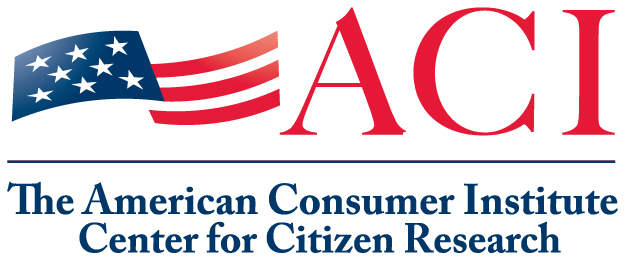As part of the budget proposal for the upcoming fiscal year, Minnesota Governor Tim Walz has suggested tacking on new taxes to the sale of e-cigarettes and other vapor products. These taxes are part of the governor’s current effort to discourage the use of these devices, and the revenues are planned to be used to fund pandemic relief and provide state aid to school districts.
The budget proposal calls for a 35% gross receipt tax to be levied on the retail sales of vapor solutions and devices, as well as for the current 95% tax rate on vapor solutions to be applied to the sale of devices when sold separately.
These taxes would be crushing to Minnesota vapers having lower incomes. The state already has the highest wholesale tax rate in the entire country on vapor products. Adding on another price increase from these new taxes would further discourage Minnesotans from switching to safer e-cigarettes to quit smoking and would cause widespread negative health impacts for Minnesotans due to smoking-related diseases.
Statistics around smoking in Minnesota show that 1 in 4 smokers in the state have an income of less than $25,000 a year. Because the poor in Minnesota are the highest population of smokers in the state, taxes on e-cigarettes and other vapor products are highly regressive.
In explaining his decision to include new taxes on e-cigarettes in the budget, Governor Walz conceded that the taxes on vapor products hurt the poor, but he argued the taxes would go a long way to improving overall public health. While tobacco products are incredibly harmful, vapor products are much less so. Research from Public Health England found that e-cigarettes are at least 95% safer than traditional cigarettes. Furthermore, an analysis by Georgetown University Medical Center concluded that if all smokers switched to e-cigarettes, 1.6 million lives would be saved from premature death.
E-cigarettes not only are significantly less harmful than tobacco products, but they are also the most effective of all smoking cessation therapies at helping people quit. A summary published in the Cochrane Library Database of Systematic Reviews found that e-cigarettes were 10% effective at helping people quit smoking, while nicotine-replacement therapies were only 6% effective.
By taxing e-cigarettes at a high level, the government is not providing an incentive for people to switch to the safer, more effective options, and therefore is not improving public health like Governor Walz claims. In fact, a study on the effectiveness of Minnesota’s current rates on e-cigarettes found that the higher prices created by the tax led to a direct increase in the consumption of traditional cigarettes. If high tax rates on e-cigarettes are forcing more people to choose traditional cigarettes, then the taxes are not working the way lawmakers intended and boosting the rates even more would make the consequences of smoking even worse.
Lawmakers in the state are not taking care to ensure that they protect smoker’s ability to make the best decision for their health with these new taxes. Instead, Minnesota should look to reduce taxes on e-cigarettes, which will greatly improve the lives of consumers in the state.
